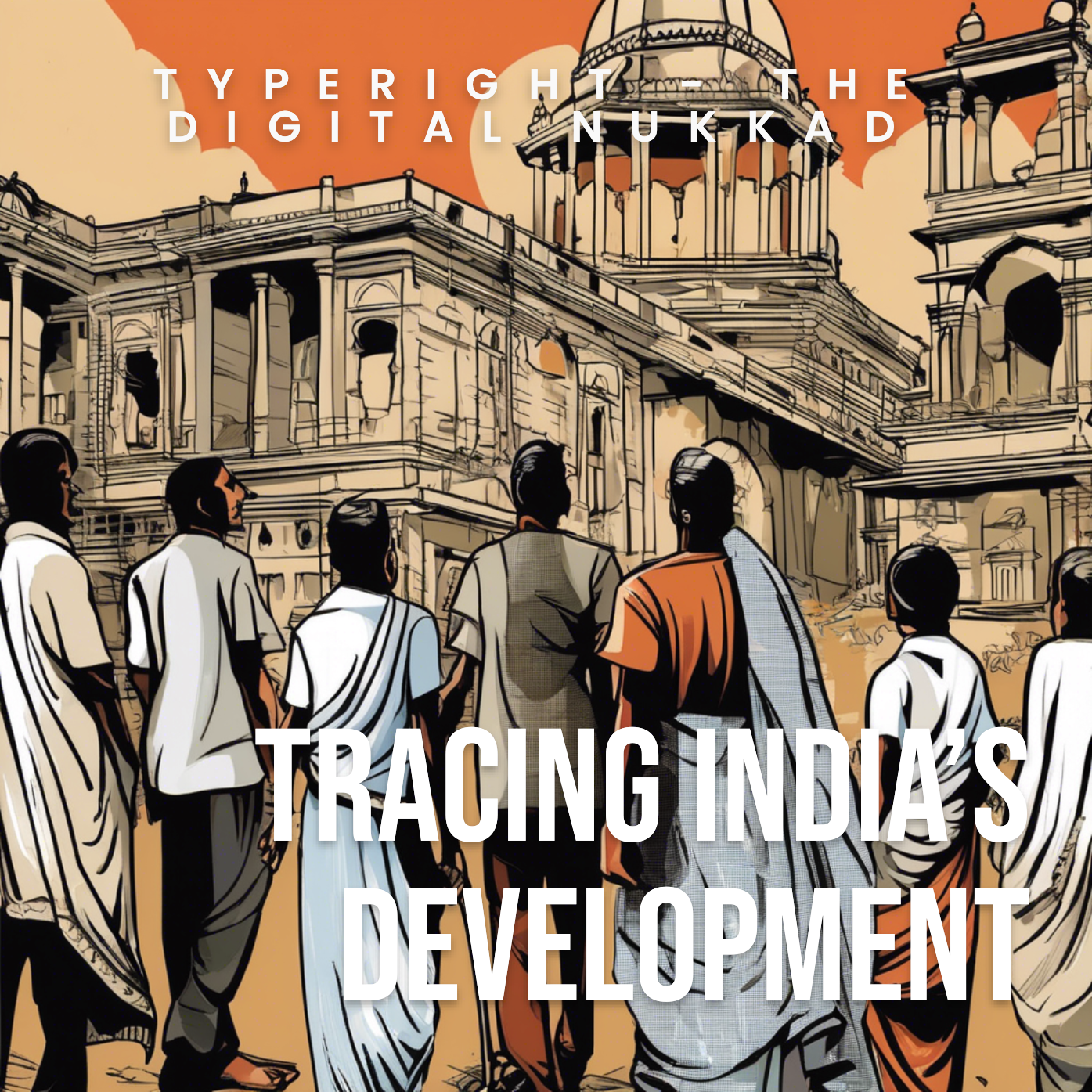
|| PART 1 ||
|| Intro, Context Setting and Taxation ||In March, the Center for Development Policy and Practice organised the annual conference on policy and practice at The Centre for Economic and Social Studies (CESS) in Hyderabad. Bringing together academics, policymakers, and practitioners, the discussions explored the intersections of tax policies, climate change, healthcare, education, and legal reforms, ensuring a broad perspective on development and equity through six separate panels that examined challenges and reforms. This article seeks to explore the trajectory of these policies, looking at how they have changed in the past few decades.
How do we address the challenges and what are the opportunities for inclusion, and what are its broader implications for development policy? The panels explored the digital divide, emphasising the need for ‘equitable access’ to digital infrastructure to ensure meaningful connectivity and participation in the digital economy; history and nuances of taxation in the country, how public welfare schemes are and could be financed, and the state of federalism and independence of states in deciding their taxes and schemes. Along with that it also addressed healthcare access and equity in India, emphasising differences in health outcomes and the contributions of the public and private sectors in mitigating these issues; the challenges within India’s law and justice system, emphasising themes of inequality, access to justice, and the necessity for reform to ensure access to justice for all to address the over-representation of marginalised communities in prisons.
From both the concerns raised in the conference by the panelists and tracing the genealogies of present policy, a core concern has to do with how we had failed to solve our most basic issues regarding education and health and how the state is funding welfare - an issue that persists today despite a shift from public-funded to private-focused. There have been significant improvements in the indices over the past thirty years, but none that reflect the improvement in GDP, nor are they similar to the rest of our Asian neighbours. The conference tries to push for solutions where we can effectively re-align our policies in view of these interests. This two-part series will develop on the points raised by the panelists and the discussions that followed, contrasting them with earlier policy documents.
Taxes, Federalism and Devolution - Funding Welfare
India’s taxation system can be considered as fairly federalised. While the center collects income and corporate taxes, the state can collect land revenues and tax specific goods like alcohol. Taxation was more or less direct and consolidated under the Income Tax Act, however in the first several decades since independence, with most of the population being part of the informal economy and the major output being agricultural while also under widespread poverty and access issues to food, the tax revenue through this form was not considerably large. Those who did fall under the income tax were often taxed quite large amounts, which is generally reflective of a redistributive trend. However, this was more in theory and rhetoric than in actual practice - redistribution was limited to food subsidies via the public distribution system and often agricultural subsidies for that sector. Despite the inefficiencies and leaks, the welfare schemes have kept the country running and brought down poverty rates since the mid-1970s. Economists Amartya Sen and Jean Dreze note that this rate of decline slowed in the early 1990s, coinciding with the economic reforms of the decade. More recent years reflect an even stronger trend of the state retreating from public welfare.
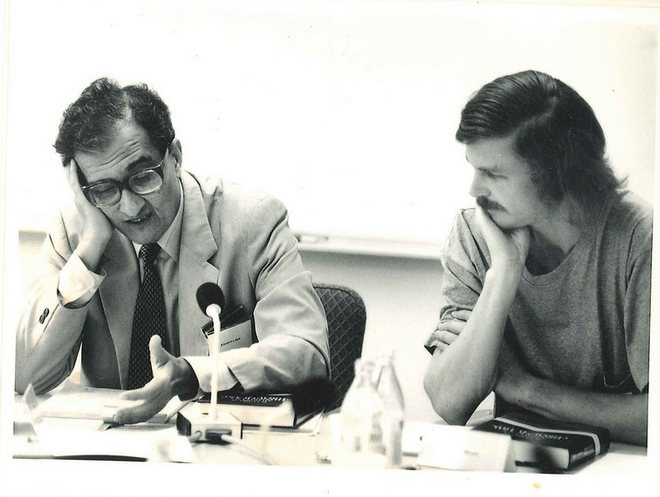
Another important tension regarding taxation and funding has to do with the way revenue is divided among states. Around 40% of the central tax revenues, excluding CESSes and surcharges, are allocated to the states, with certain weightage given based on population and need. Interestingly, however, 25% of the tax revenue does not come under this pool, as they are from CESSes and surcharges, and as a result, are not distributed to the states.
Before the 90s, Cesses were used for certain industries like tea or iron ore mining, but one by one they added up to around 42 cesses over the 60 years for developing specific sectors. Post liberalisation, service taxes were also part of the share that was excluded from the states’ shares until 2017, when the GST was implemented, abolishing most Cesses and value-added taxes. The subsequent Union budget of 2018-19 expanded the 'Road Cess,' renaming it 'Road and Infrastructure Cess,' replaced the 3 percent 'Education Cess' with a 4 percent 'Health and Education Cess,' and introduced a 'Social Welfare Surcharge.' This trend has persisted and expanded. In the year following the implementation of GST, Rs 1,52,677 crore was amassed from various cesses, in addition to the cess collected for GST compensation to the states. The revised budget for 2023-24 indicates a total contribution of Rs 2,37,500 crore from cesses. For the fiscal year 2024-25, the Union government anticipates generating an increased revenue of Rs 2,49,180 crore from cesses.
The question is of how public welfare schemes could be financed, and of federalism and state’s autonomy in deciding and implementing schemes. The Nordic welfare economies are often highlighted to show how progressive taxation and welfare will lead to both growth and inclusion. However, while the conference discussions pointed out how our taxation frameworks have been historically inconsistent, based on the model of ‘ye acha lagta hein’ (this feels good), is not ideal for investment, the trickle-down focused, ‘growth-first’ model would only enrich the elites. The brief outline of how taxation has changed now has to do with an increase in tax base - 8.4 Crore people have filed income tax returns in 2023 as per government statistics.
Welfare implementation has seen a shift to direct transfers in an attempt to cover leakages. As central transfers shifted from grants to Cesses, state fiscal autonomies were affected. Before GSTs, states had some autonomy in setting VATs to control their revenues, but centralising an indirect taxation on goods and services through the GST made states dependent on the Union government. The states’ share in central taxes has been trending downwards, averaging 35.4 percent of the divisible pool during FY21-FY25BE, down from 39.8 percent during FY16-FY20.
Clearly, the reliance on the central government for the allocation and distribution of these funds have affected the daily lives of the citizens. The diminished fiscal autonomy of states, resulting from changes in central fund distributions from grants to cesses and the centralized indirect taxation via the Goods and Services Tax, impedes state governments' capacity to design and execute social programs that are sensitive to local needs.
As a result, a standardized method of service delivery frequently dominates, possibly neglecting specific area requirements. This financial reliance may result in difficulties in the effective provision of key services. This dependency can create intergovernmental tensions. When state administrations see limitations in meeting local demands, tensions with the central government may intensify. Without autonomy over finances, federalism has suffered and states are scrambling to finance their own welfare schemes. This can be seen in the recent spats between state governments and the GST commission and central finance ministries.
More of the effects of welfare can be seen by looking into the discussions on healthcare and education, which will be the focus of the next part of this series.
References/Citations
1. CDPP Conference Report, 2025
2. Mohan, R & Shyjan D, 2009. TAX DEVOLUTION AND GRANT DISTRIBUTION
TO STATES IN INDIA Analysis and Roadmap for Alternatives. Center for Development Studies.
In Other News
A welcoming announcement by Public sector banks on removing the fines for not maintaining minimum balance in accounts:
And this important analysis, ten years after the announcment of digital india.
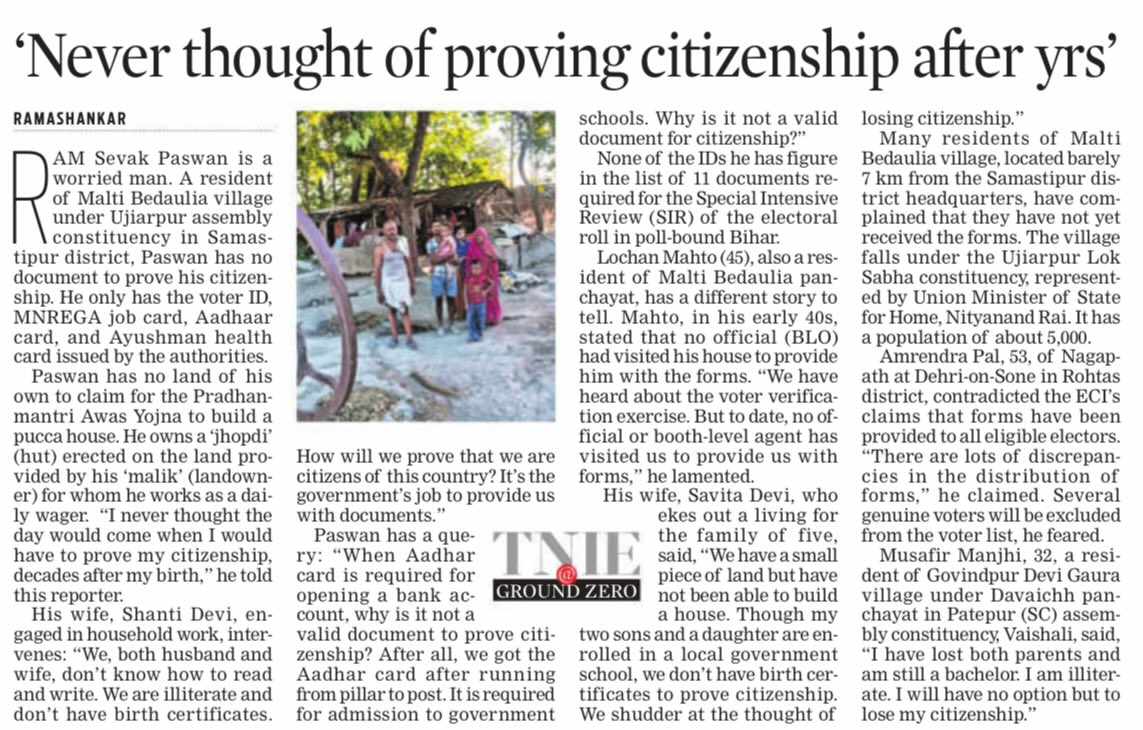
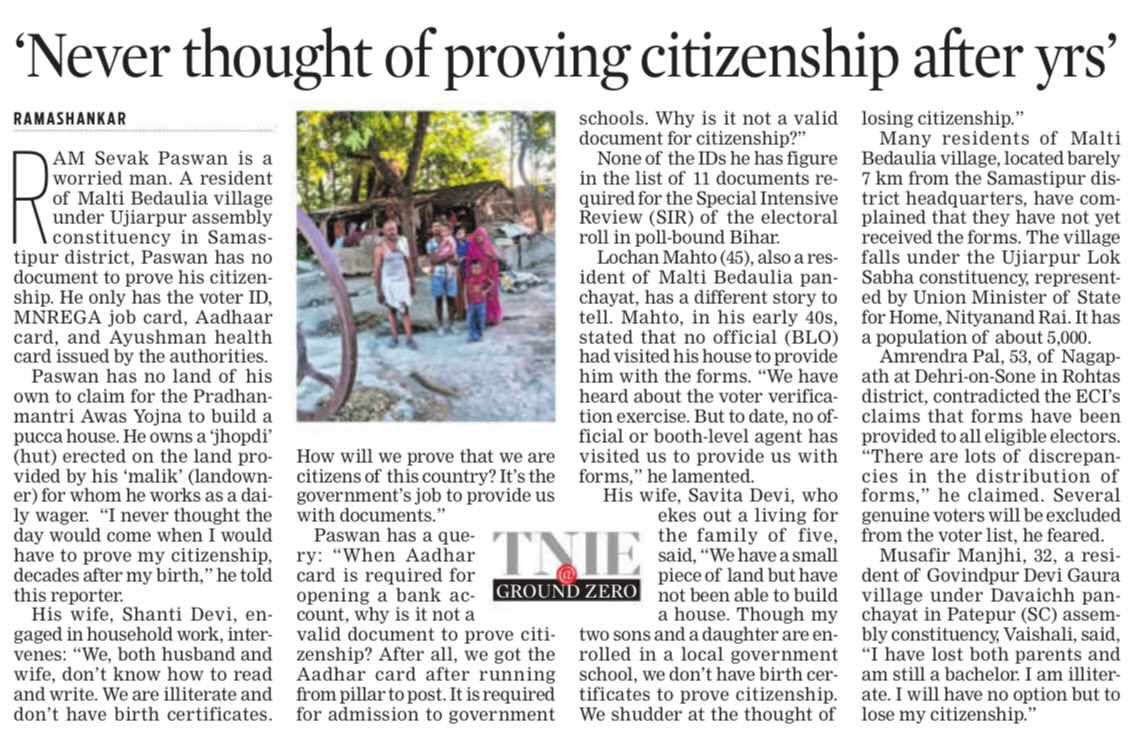
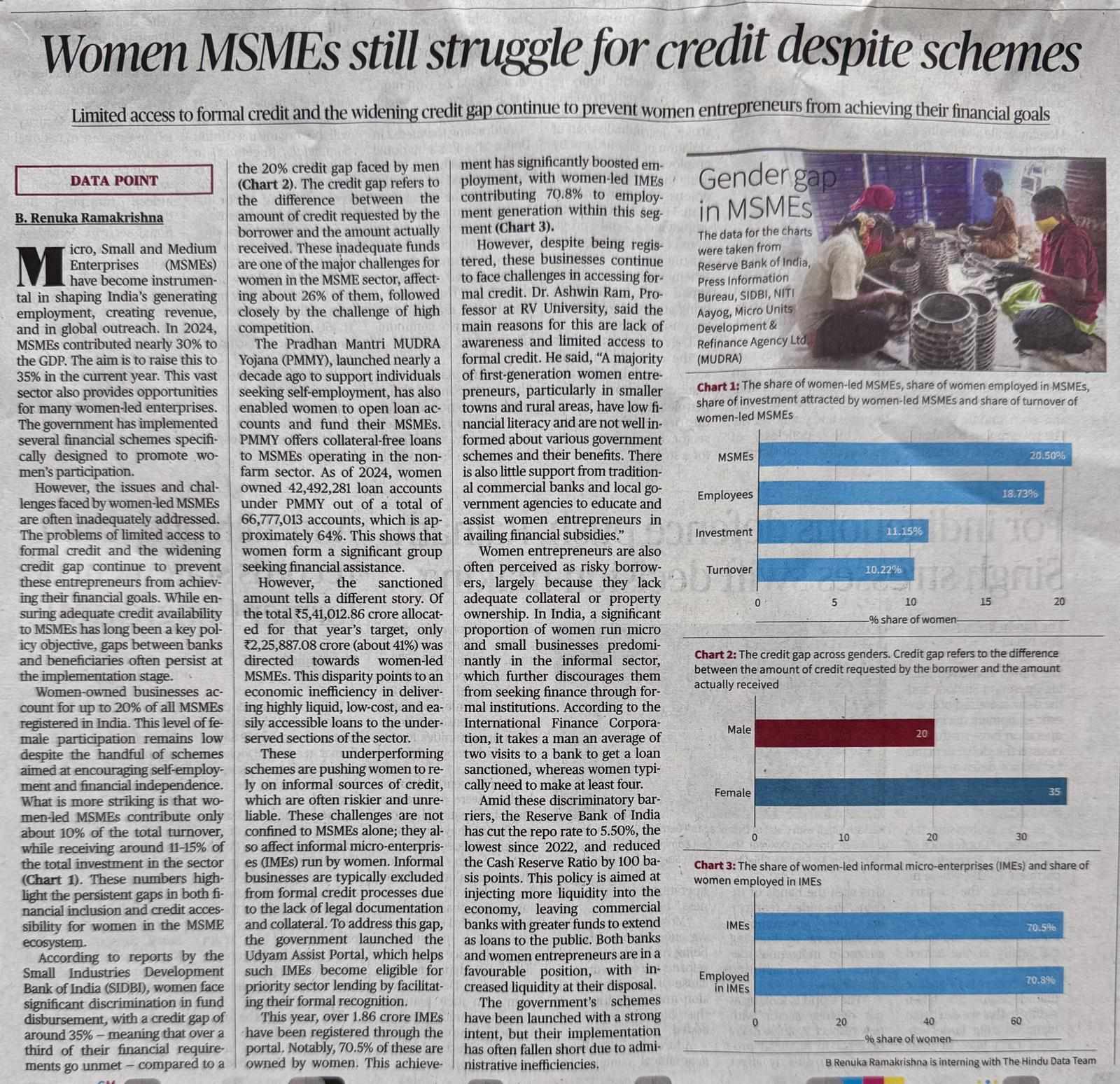
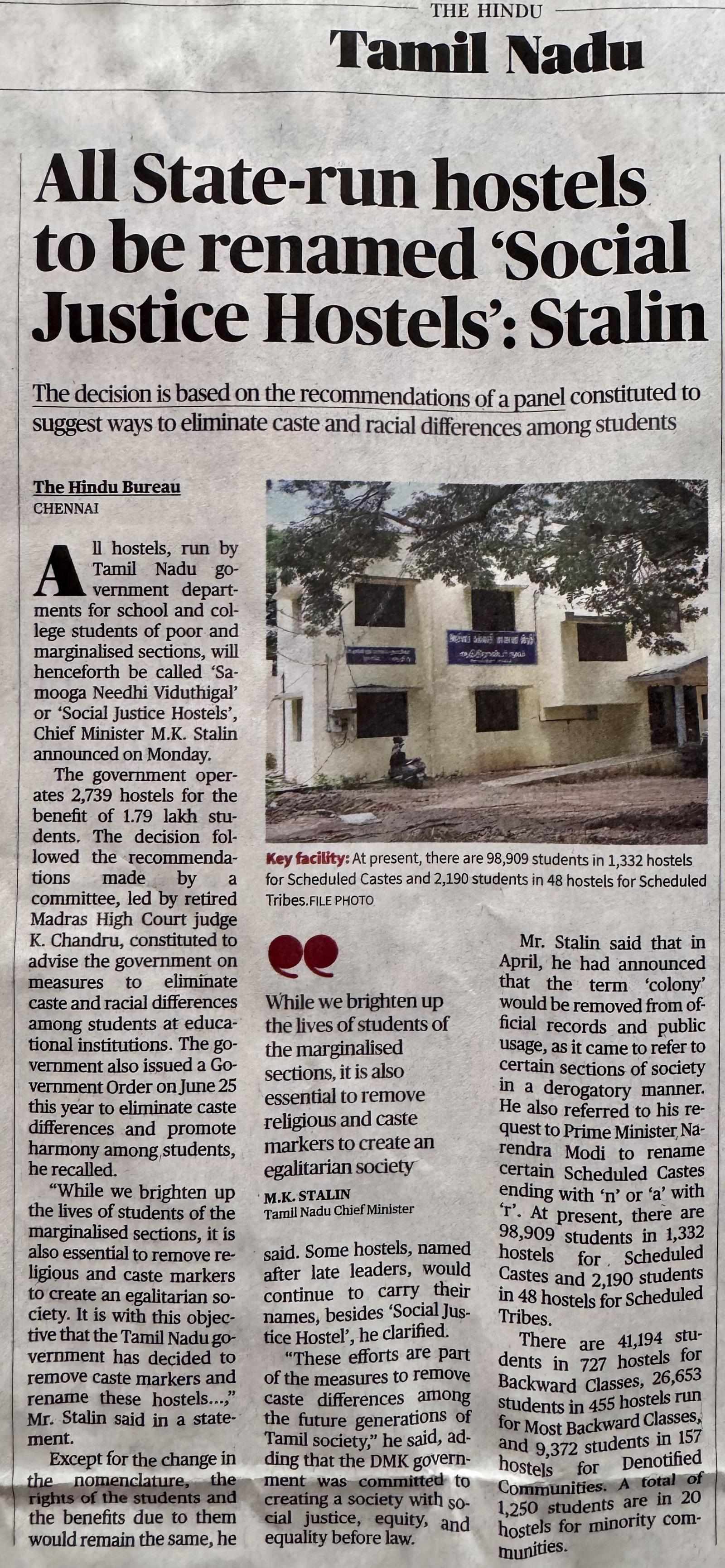
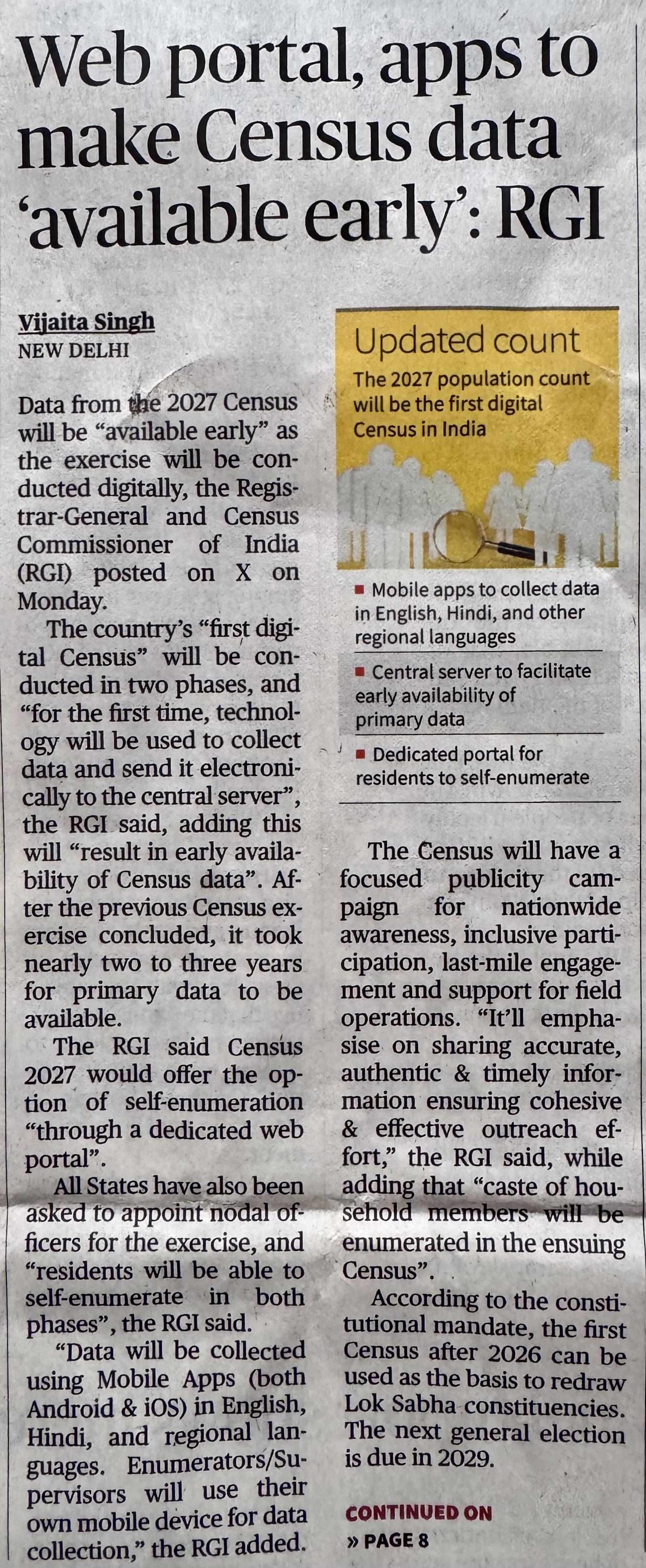
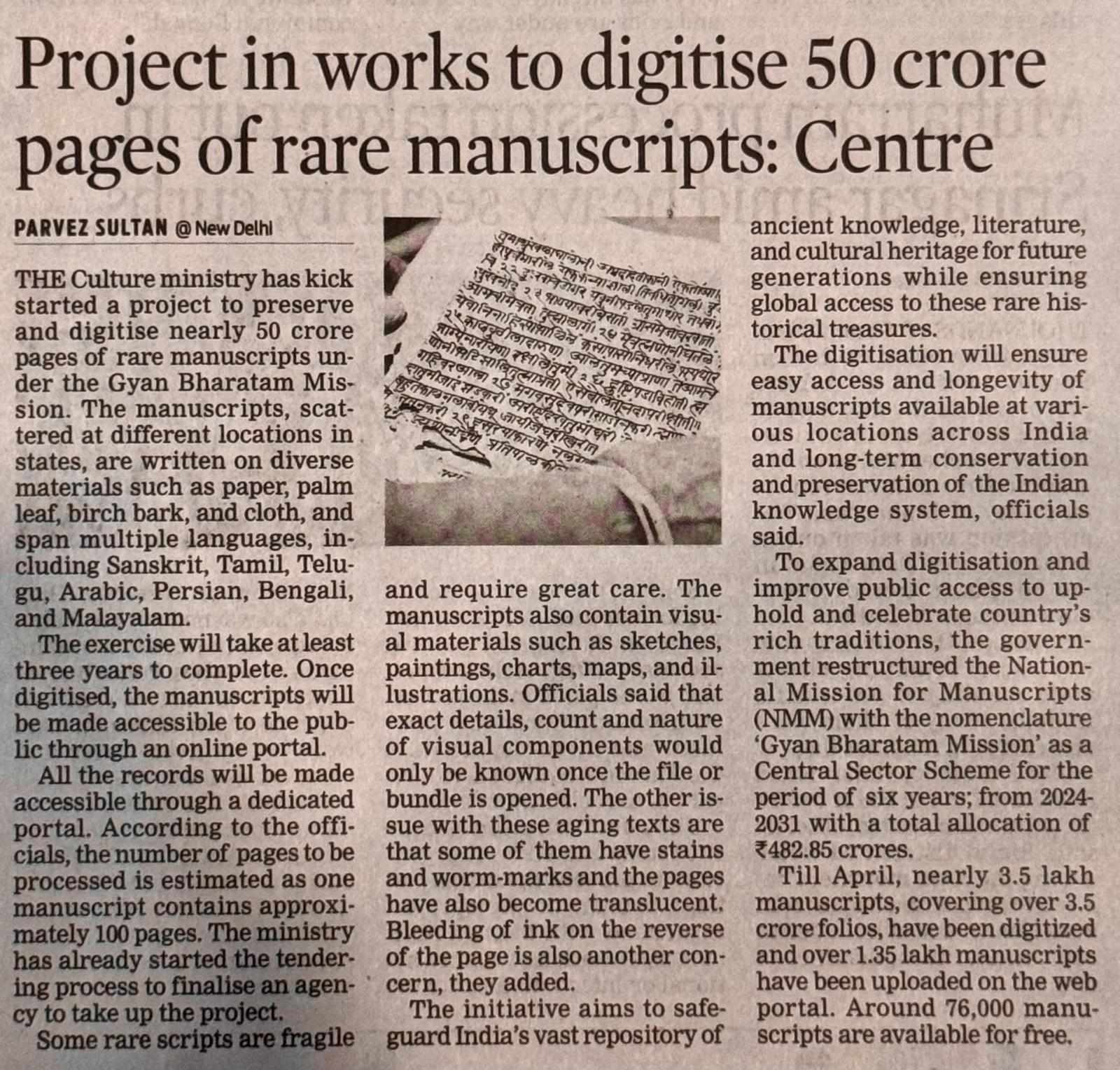
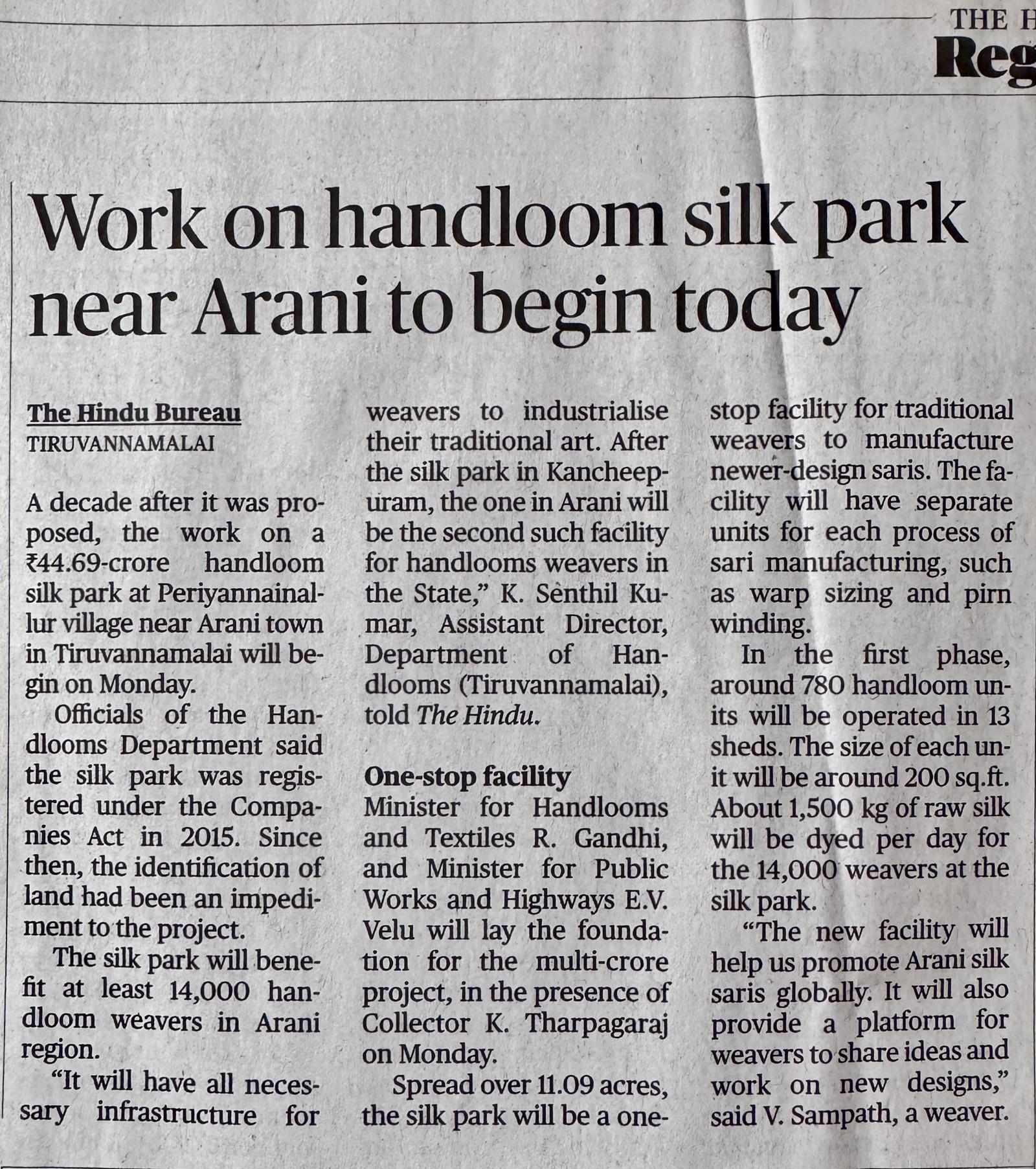
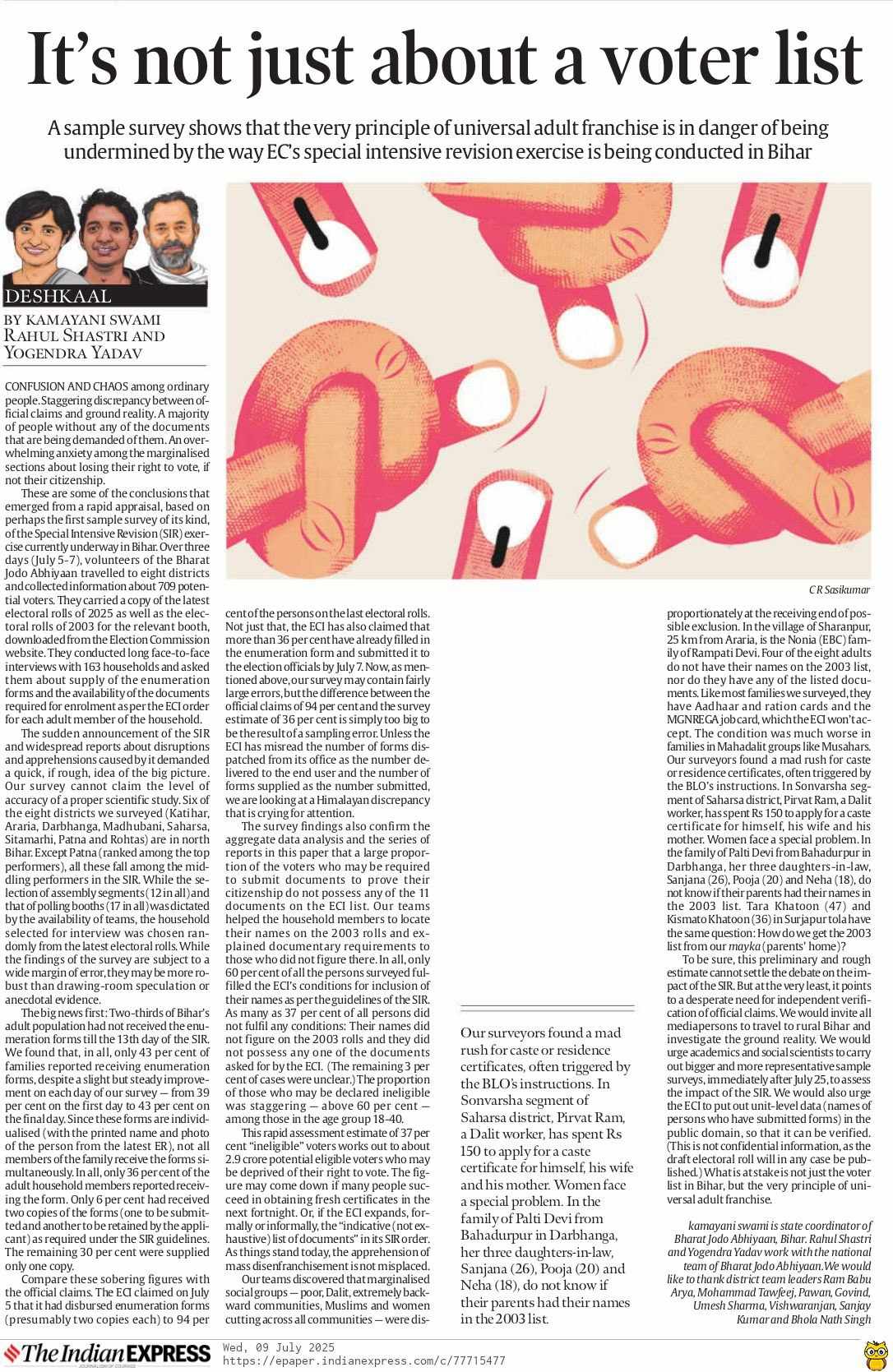
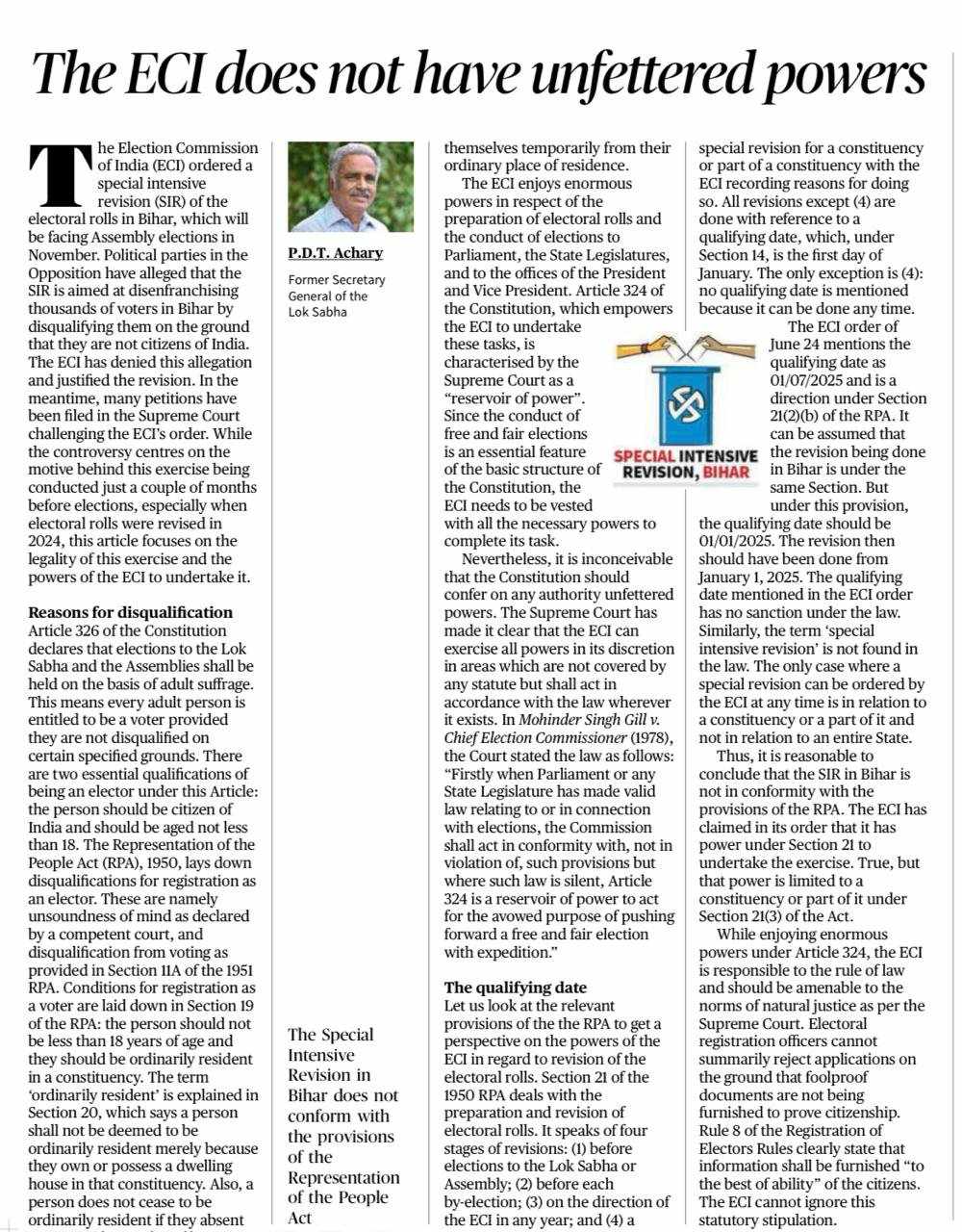
DEF Updates
DEF's Arpita Kanjilal and Abner Manzar became part of a critical panel discussion at hashtag#WSIS+20 High-Level Event 2025 to explore how digital tools can either erode or empower democratic values, at Geneva.

DEF, in collaboration with @slumsoccer & Sport For Good City Delhi, held a 2-day Digital Didi Smart Pad training in Seemapuri, New Delhi, empowering women to break menstrual taboos, embrace awareness & lead change in their communities.
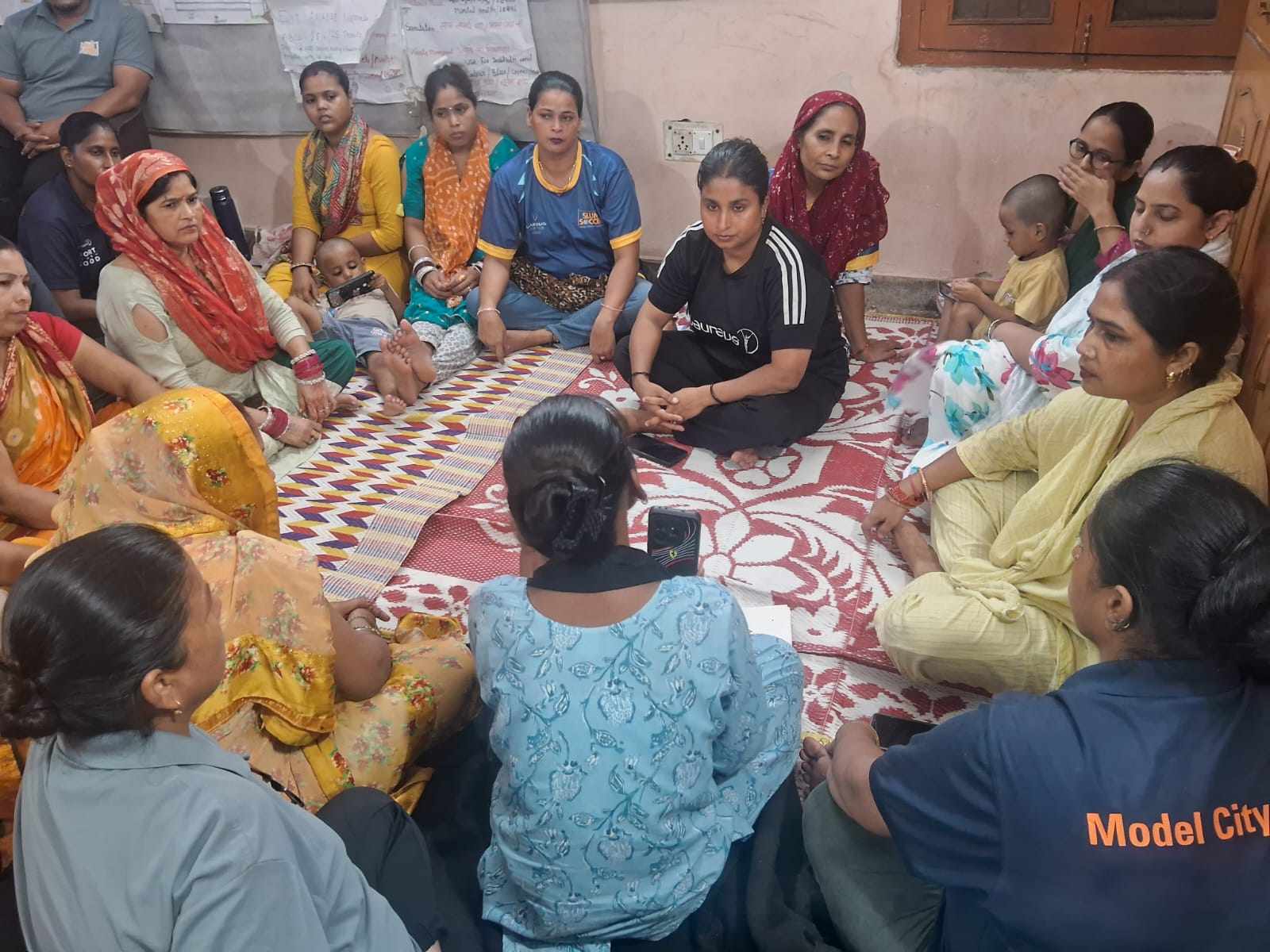
See you next week, our team is signing off from Geneva, Switzerland!

Next would be Part 2… See you soon….




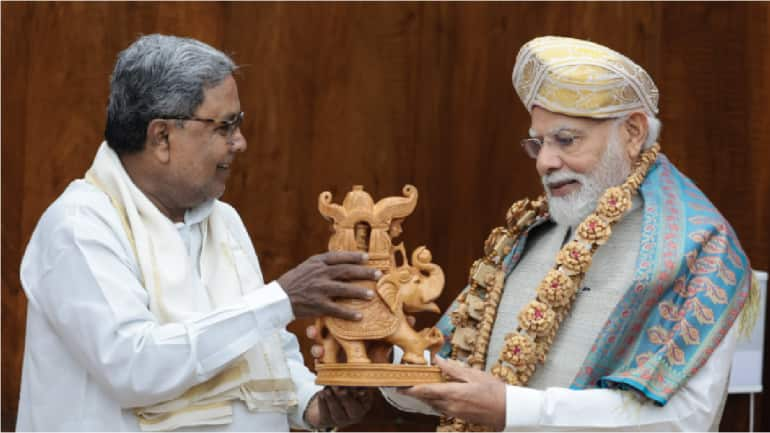

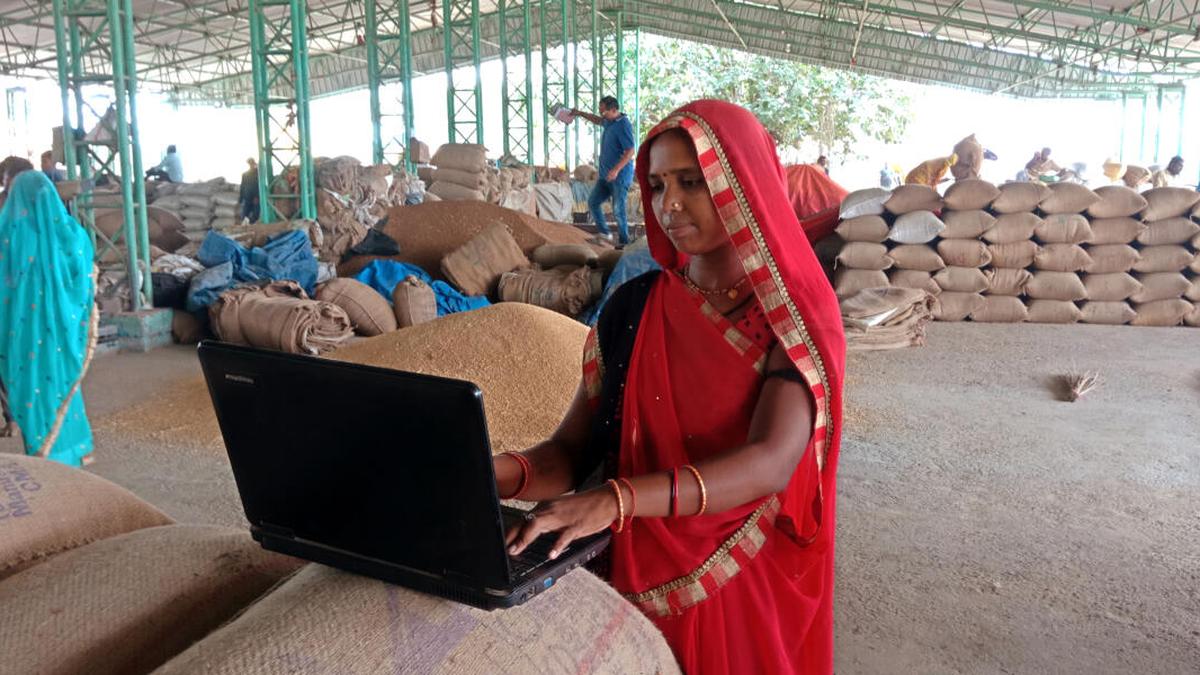





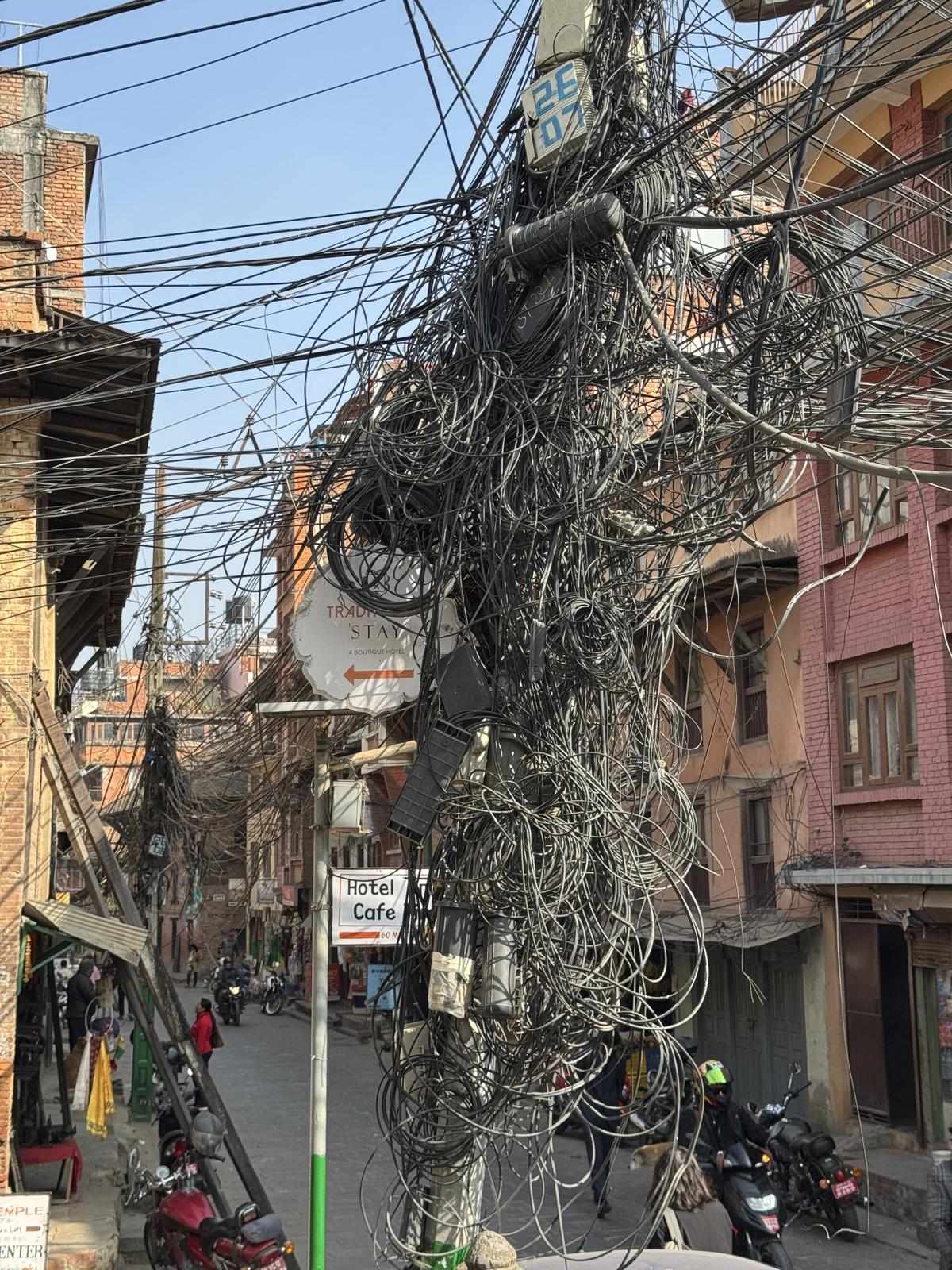
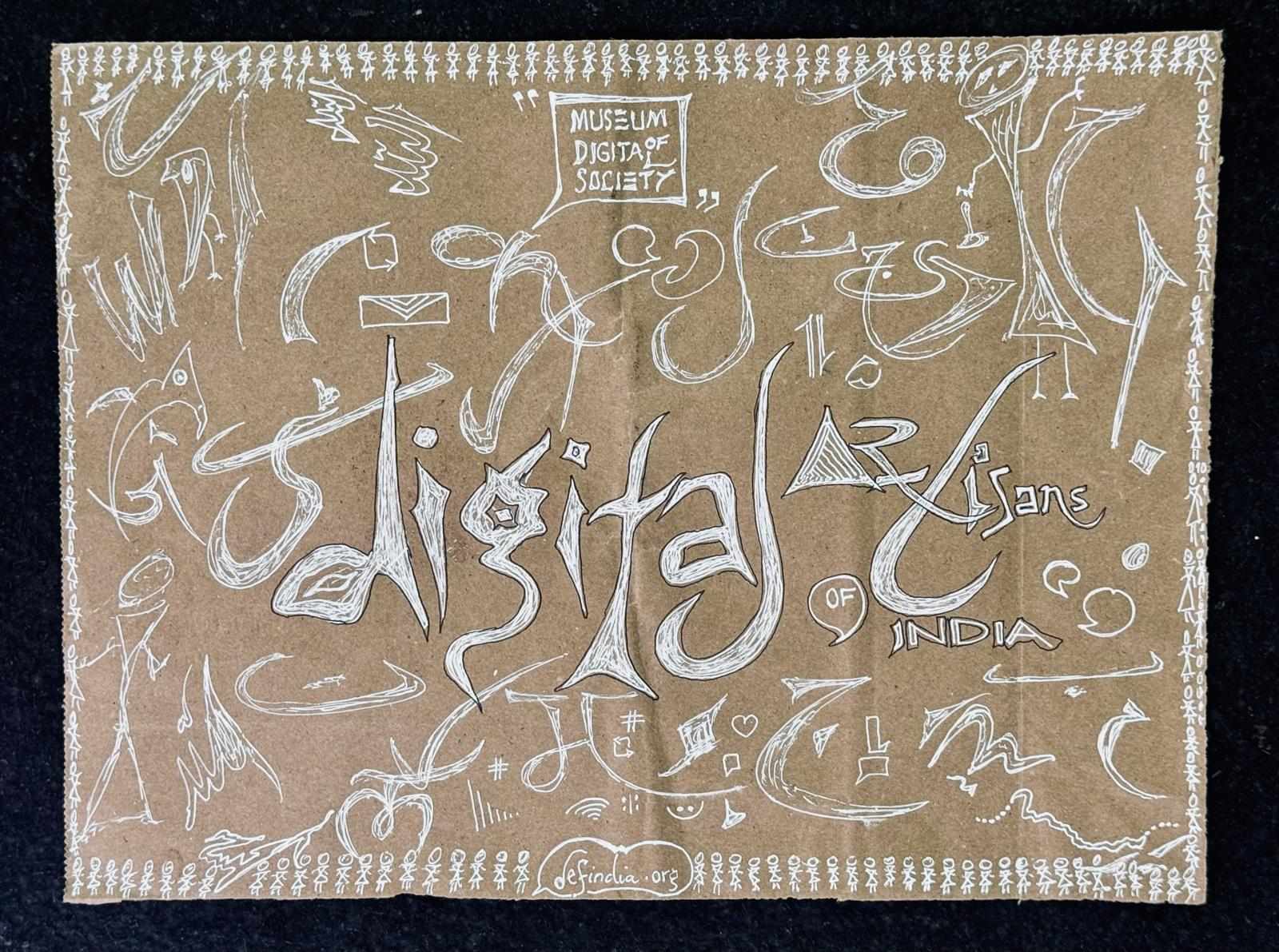
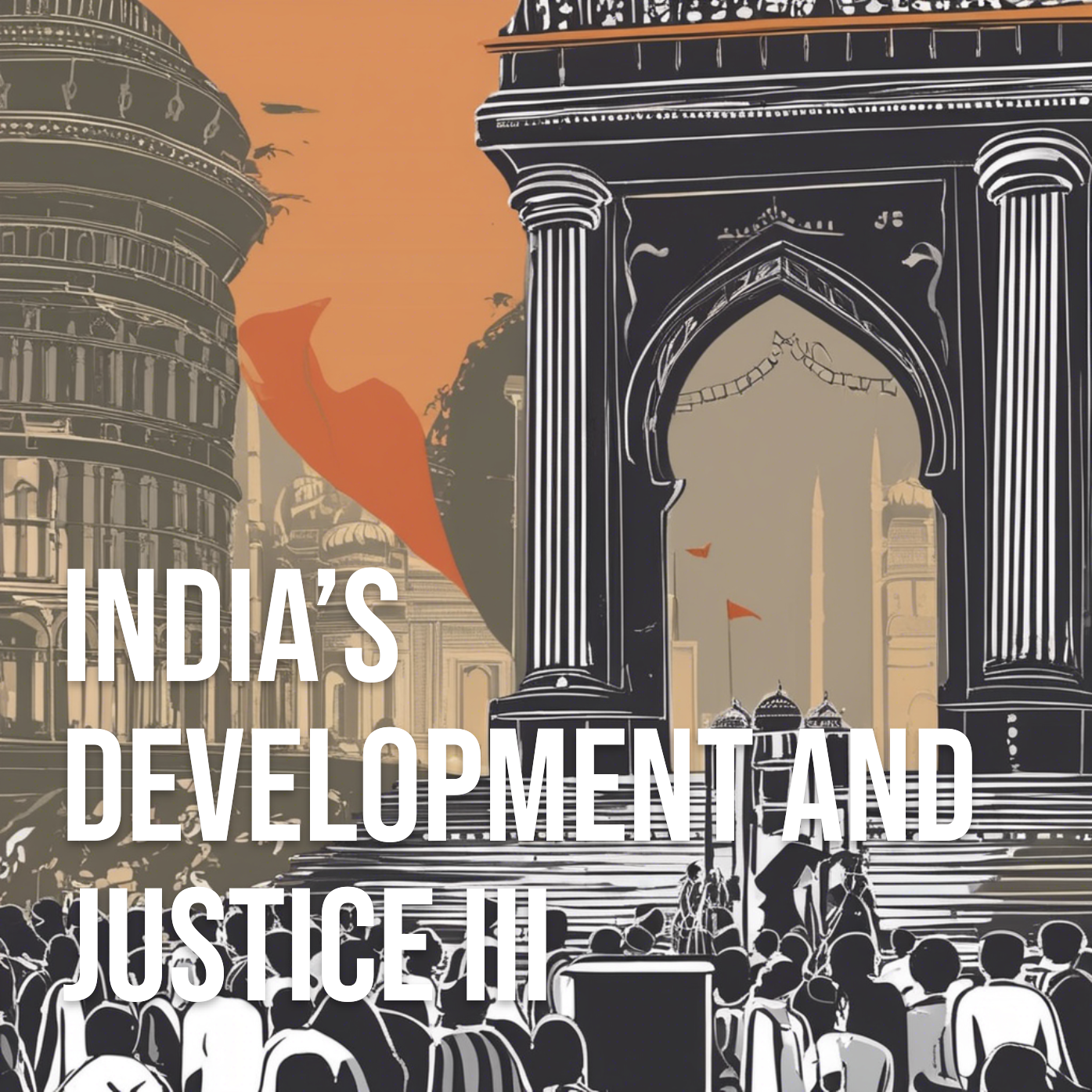
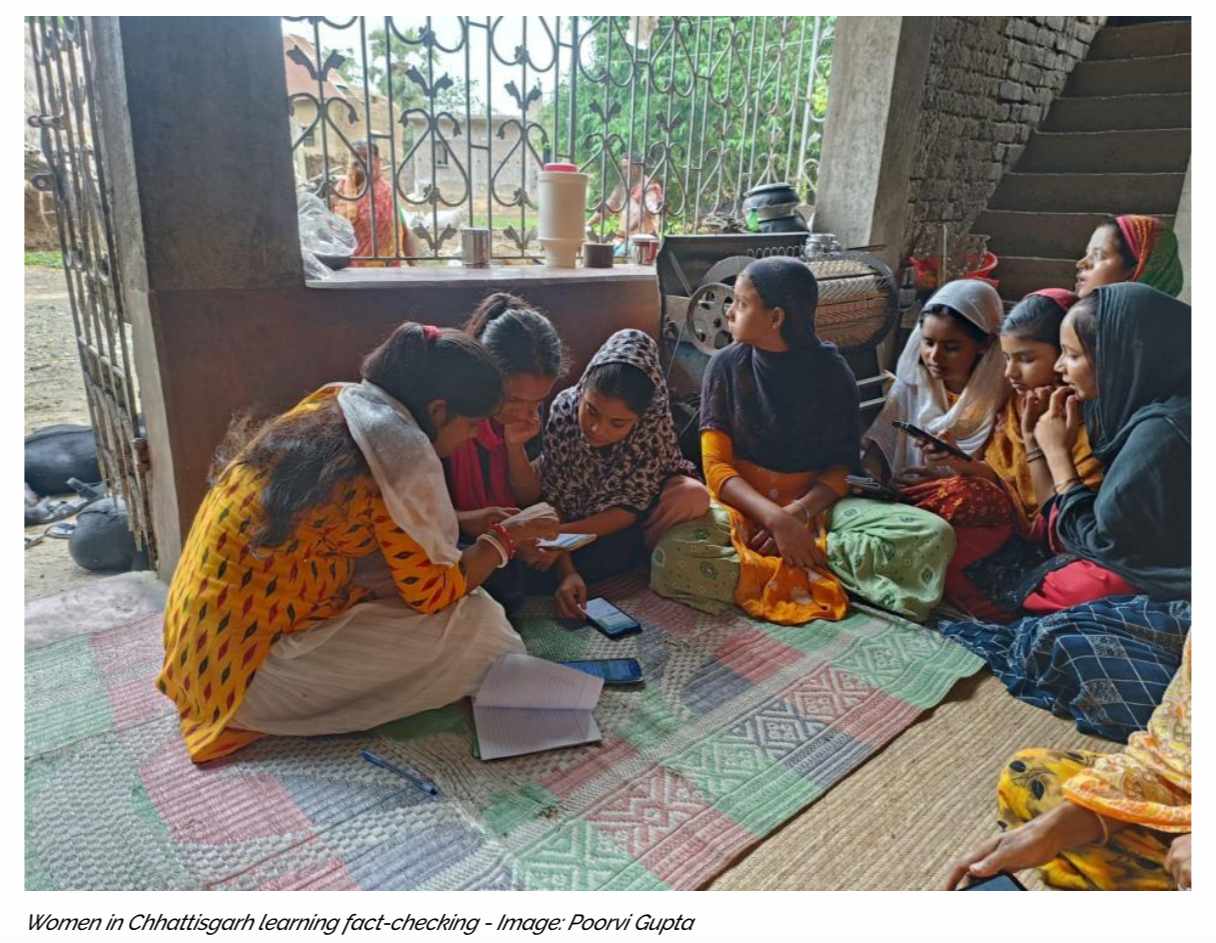










 might be?](https://sk0.blr1.cdn.digitaloceanspaces.com/sites/1394/posts/714526/dbc8de4c-5c50-411f-aba0-55cfb74a692d.jpeg)

Write a comment ...